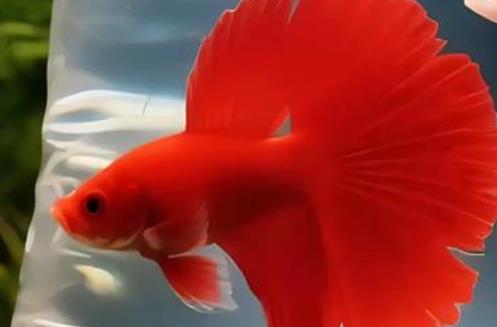Guppies prefer gentle water flow and do not tolerate strong currents. Below is a detailed breakdown:

1. Water Flow Preference
Natural habitat: Guppies are native to slow-moving river sections or still water bodies (such as marshes and ponds), where they are accustomed to weak water flow.
Behavioral signs: Strong currents force guppies to swim with extra effort. Over time, this can lead to exhaustion, damaged tail fins, or increased hiding behavior.
2. Ideal Water Flow Conditions
Filtration system: Use a sponge filter or a small hang-on-back (HOB) filter (set to the lowest setting). This maintains slight water movement without creating strong currents.
Flow speed: The ideal speed should be below 0.2 meters per second. You can judge by observing the guppies—if they can hover or swim up and down easily, the flow is suitable.
3. Negative Effects of Strong Currents
Health issues: Constantly fighting strong currents can cause guppies to lose weight and have weakened immune systems.
Breeding disruption: Female guppies need still water during their breeding period. Strong currents may trigger premature birth or difficulty in giving birth.
4. Handling Special Cases
Planted or aquascaped tanks: If your tank has a wave maker or a powerful filter, adjust the direction of the filter outlet or add buffering items (such as driftwood or aquatic plants) to disperse the current.
Fry tanks: Baby guppies are more sensitive to water flow. Keep the water completely still, or use an air pump only to create minimal movement.
Summary
Guppies thrive in calm, slightly moving water environments. Avoid equipment that generates strong currents, and adjust the flow intensity promptly by observing their behavior.
